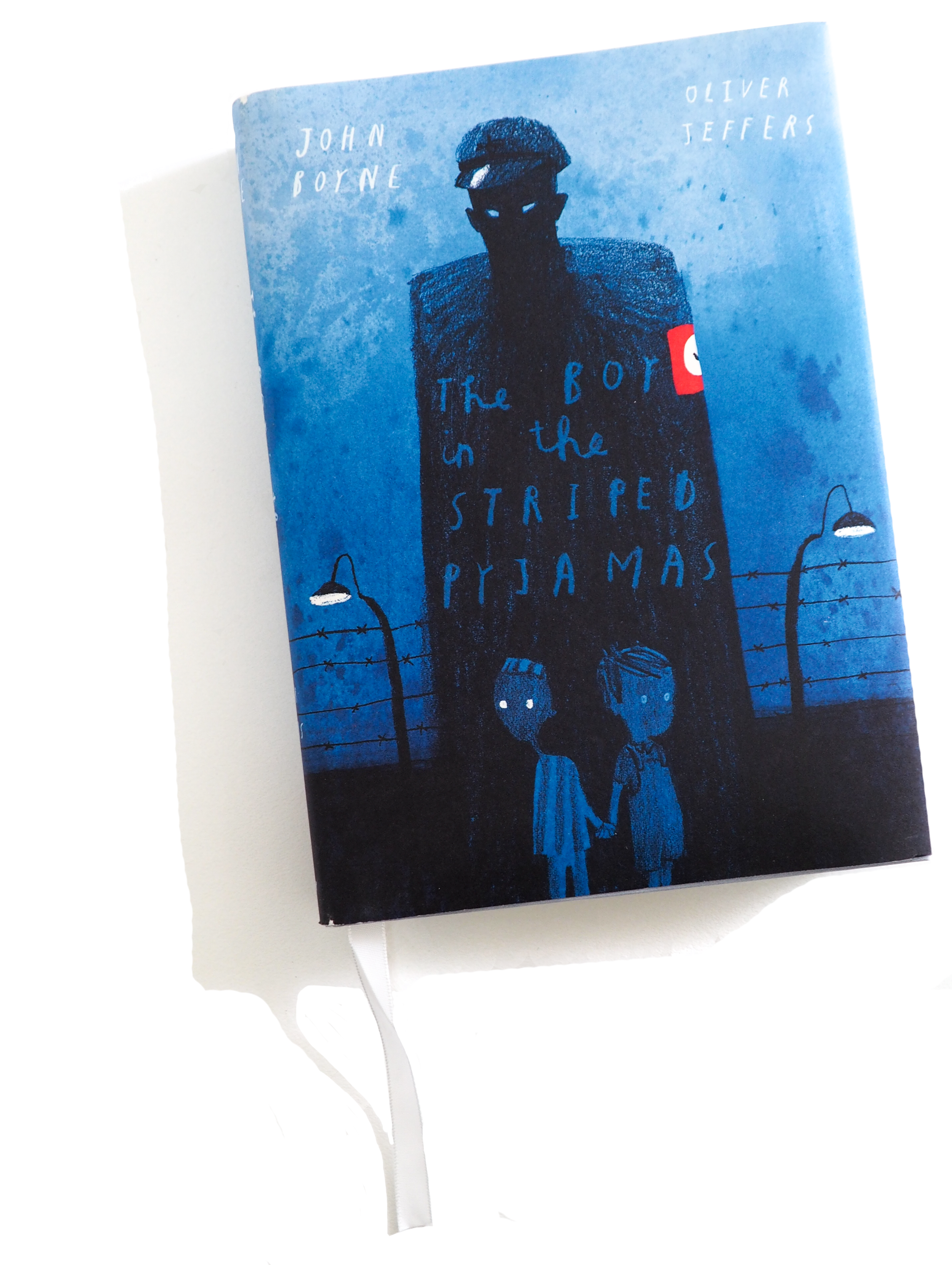Oh, this book.
This beautiful, heartbreaking, perfect book.
I picked up All The Light We Cannot See in the midst of a Doerr frenzy. A chance encounter in a Melbourne bookstore, where I found his travel memoir Four Seasons in Rome, and I'm hooked. There's just something about the way he writes, like he sees every single detail that the world has to offer, and has researched this Earth so meticulously, with such love, that his books become a love letter to nature, history, science...
All The Light kicks off in WWII Europe, following the soon-to-be interwoven threads of Parisian girl Marie-Laure LeBlanc, and German orphan Werner Pfennig. Now, I think it's the intricacies, the tiny details, that make this book so moving. Werner loves science, and spends his days playing with the wires of radios, and his nights listening to forbidden broadcasts from across the continent. This spurs his story in more ways than one, landing him in the Hitler Youth and chasing memories from his past.
Marie-Laure is blind, but that doesn't stop her love for the world around her. Her father, Daniel, is a wood worker, and a locksmith at the Museum of Natural History. Marie-Laure spends her days in its halls, feeling her way through the molluscs, befriending an old scientist and learning from his works. She's mostly uninhibited by her blindness, due to her father incredible works, crafting precise models of the towns they live, so she can learn her way with her fingers, and then with her feet.
Sometimes, there is so much detail, is seems quite heavy, but as every one of those details pulls together in the second half of the book, you'll feel a strange sense of nostalgia, and pride for having followed the threads.
More often than not, my heart ached. It's one of the first books to ever make me gasp out loud, and feels as though I'd lost a friend. I was so deep in Doerr's world that a voice from the other side of my room would make me jump. I was there, feeling my way through the streets of Paris, fiddling with the wires of transceivers, desperately breaking open tins of precious food, hiding in secret places, rebelling through the radio waves.
All The Light We Cannot see is historical fiction at its very best, it doesn't retell WWII occurrences like the echo of a textbook, is seamlessly weaves fact into beautiful, haunting fiction.
I'd recommend reading his memoir Four Seasons in Rome before you read this, though. It's not a necessity, by any means, but the memoir follows a year in Rome, as he begins to write All The Light. He wrestles to find inspiration for the novel while in a city spilling with so many more stories, and having read those intimate thoughts, and then the book from which is spurred, you feel a little more connected to it, as if Doerr is a friend to whom you spoke as he wrote, and now you get to read the finished piece.
Whatever you do, read something of Doerr's.
You must, it's a treat for your soul. All The Light We Cannot See is haunting, heartbreaking, but above all, beautiful.










































